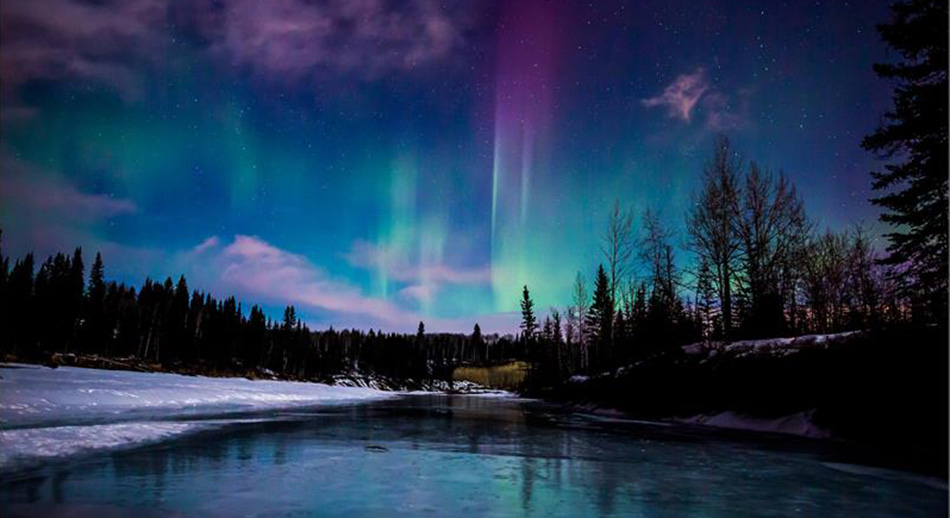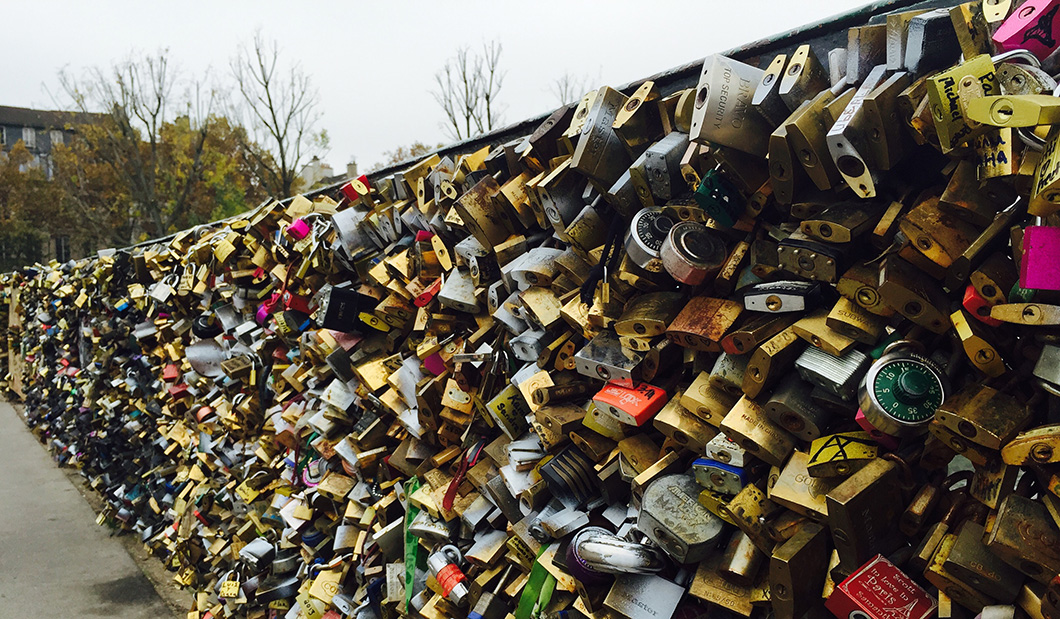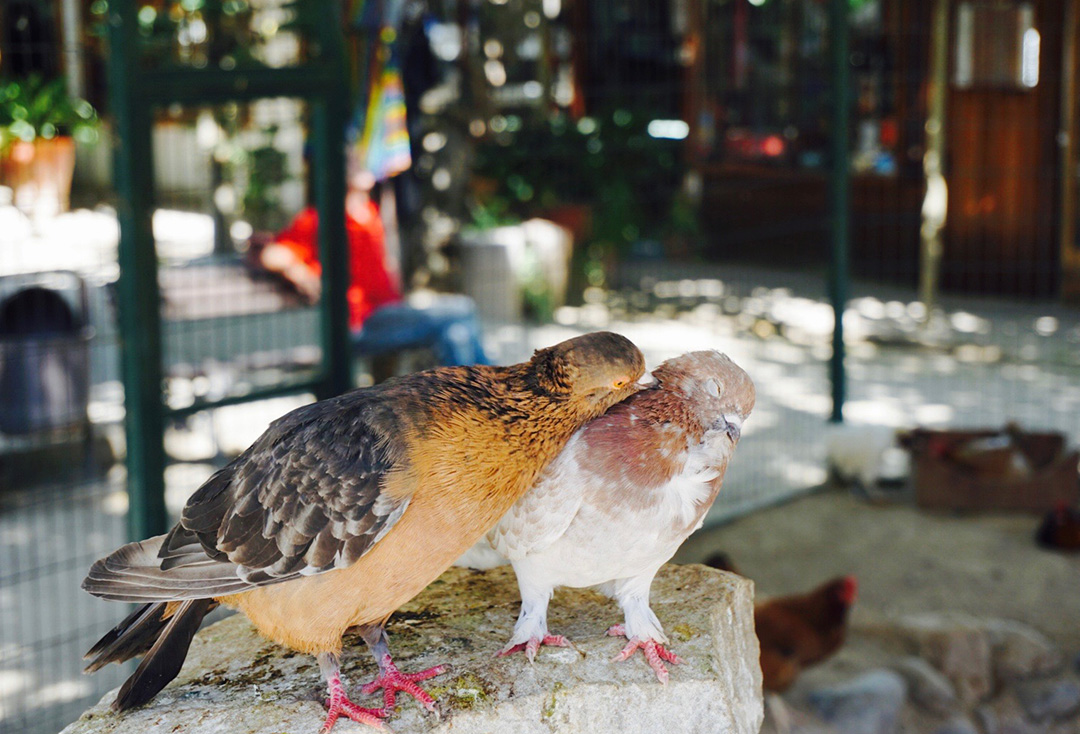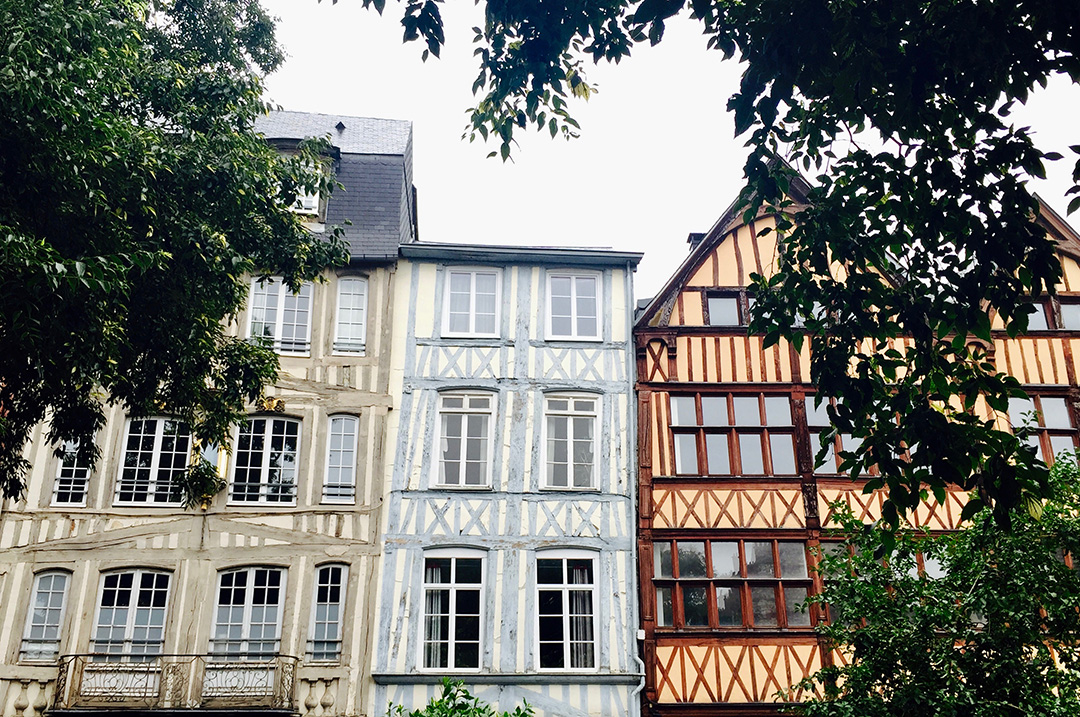When traveling to different countries, I don’t usually have much of a plan. I would have to say that I’m a lousy tourist. The idea of a tour makes me sick, and I only book them if necessary. I am more of a free spirit traveler, do what I like, and when I love it. I also find that most interesting spots are far away from popular attractions and can only be, discovered on your own two feet. To enjoy each city like the locals, and do what the locals do is too, truly live in that country for a short time.
For example, when traveling to Europe, I know that I’ll spend about a week in each city. First exploring the ins and outs, then eating local food and visiting two or three museums. I love enjoying each city without the rush to get to the next.
However, Chile was an entirely different story. I had to map out a simple plan, drive down from Santiago to Ushuaia (the most southern city in the world) and back, within a 4-week time frame. Although, I planed out each day, down to where we should stay and where we could eat. The entirety of the trip wasn’t as simple as I would have hoped.
What I did before the trip:
Before the trip, I began to do extensive research on what Chile was all about. Yes, sure I heard stories of how cheap everything is, and how beautiful it is, all of that and more. However, I wanted to read about it and have an outline of what this trip was going to be.
By purchasing the Rough Guide to Chile, very helpful, and a good idea to do. I was able to do much of the planning due to its fantastic content. What I liked about this book is that it’s filled with great suggestions for where to stay, where to eat, and what you should do. Most importantly, the guide gives you an idea of roughly how much everything costs, and knowing prices in advance is always lovely! With the help of this book and the internet, I was able to create an excellent backbone for this trip. The only downside of the guide is it was published in September 2015, and since then a lot has changed, and not everything was like what it was described to be.
What I learned during the trip:
Car Rental –If you are planning on renting a car, make sure to obtain insurance because most likely it will come in handy. Furthermore, if you are planning on crossing the border to Argentina make sure to have all the car permits. I’m talking about the original paperwork provided by the rental company. This will allows you to cross over to other countries. A permit will cost an additional 375 USD (depending on the rental company).
I never knew how tedious a border crossing is until this trip. When crossing the border, there are three checkpoints: the first one is to get your passport stamped for leaving or entering the country. The second stop is for your car documents. Please note that each border control and immigration officer has his own rules, which he/she follows by. Sometimes it seemed like there are no laws at all; for example, one can ask you for your rental contract and nothing else. Another may ask for every document, including proof of insurance and the original permits. The third and final stop is customs: you should declare everything that you are bringing into the country (this checkpoint mostly applies to Chile). The Chilean government does not allow the following items to enter the state: fruit, vegetables, meat, and any dairy product. They have the authority to search your car and luggage for these ingredients, so make sure to eat it all or throw it out.
Maps:
In the event that you wouldn’t be able to access Google Maps. To see where you are and get directions (which will happen a lot in Argentina) or if your phone is dead and has no service, you may end up making the wrong turn and wind-up with low fuel or worst. Get a good updated printed map of Chile and Argentina, this may feel like 1985, but it can save you a lot of trouble.
Roads:
Almost everywhere you read about how bad the roads are in Patagonia. The truth is they aren’t. Nearly every road in Patagonia is paved, and road constructions are very common. The only thing I recommend is planning the ferry from Hornopirén to Caleta Gonzalo in advance. Here is the company I used: http://www.taustral.cl/ They provided instructions on what to expect, how to plan your trip, and the time you should arrive for the ferry.
Gas:
Fuel is relatively cheap and is only more expensive in Patagonia.
Road Tolls:
If you are renting a car and planning to venture outside the city limits of Santiago, make sure you have plenty of cash. The tolls are cash only and can cost anywhere from CH 600 to CH 2,700.
Language:
For the most part, the locals are friendly and helpful even though they only speak Spanish and don’t understand English. However, there will always be that one person (or maybe more) that will ruin your day by being rude.
Culture/Religion:
Chile and Argentina are both very religious. Some towns go over and beyond with decorating. Graffiti of large cross on houses, a statue of the pope is a common sight, and many religious icons are placed all over the cities. I did meet a few interesting people with interesting opinions. The most memorable one was: stray dogs are part of the Chilean culture and it’s okay for them to be homeless just because that’s the way of life.
National Parks:
Both Chile and Argentina don’t pave their park roads (I like to think of it as they are trying to keep the natural aesthetics) except “Parque Nacional Los Glaciers” home to Glacier Perito Moreno. Nevertheless, every park is worth visiting, and the less popular the park is with tourists, the more fun you will have.
Food:
I wish someone would have told me that Argentinean city El Chaltén has the worst grocery stores. In this particular town, stack up on canned food as much as you can, because even that can be hard to find. As for other locations, as I already had mentioned in my previous post about Valparaiso: buy food at the open street markets. Supermarket food store “Jumbo” is extremely expensive compared to market prices. Fruit, veggies, and bread are best to get at the street market. Buy meat at the supermarket, or ask locals to recommend a good street meat market shop. The street markets might seem a bit hectic, and at times dirty, however, they sell the same products as supermarkets at considerably lower prices.
Weather:
Chile holds incredible beauty; the country is full of gorgeous landscapes and a wide range of climate zones. Driving down south away from Valparaiso, and Santiago towards Patagonia you’re going to experience different weather conditions, and the panoramic views are going to be mesmerizing.
After four weeks on the road and seven border crossings, I can definitely say that this trip I will remember for a long time.
~Travel, Live, Discover ~





